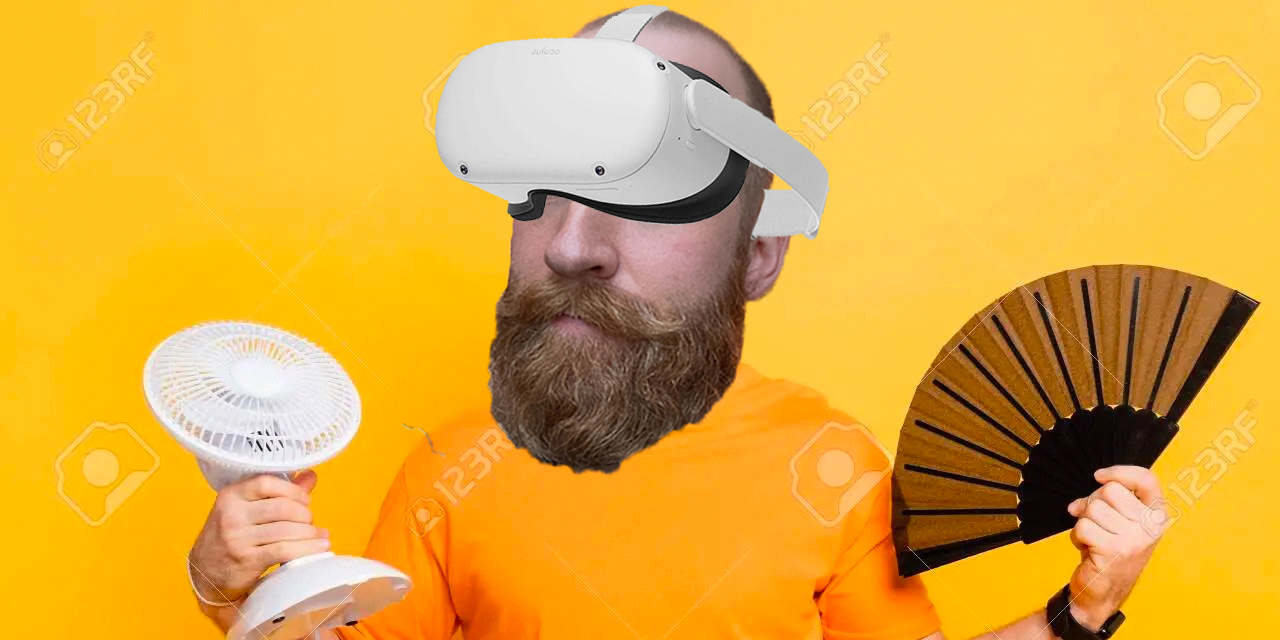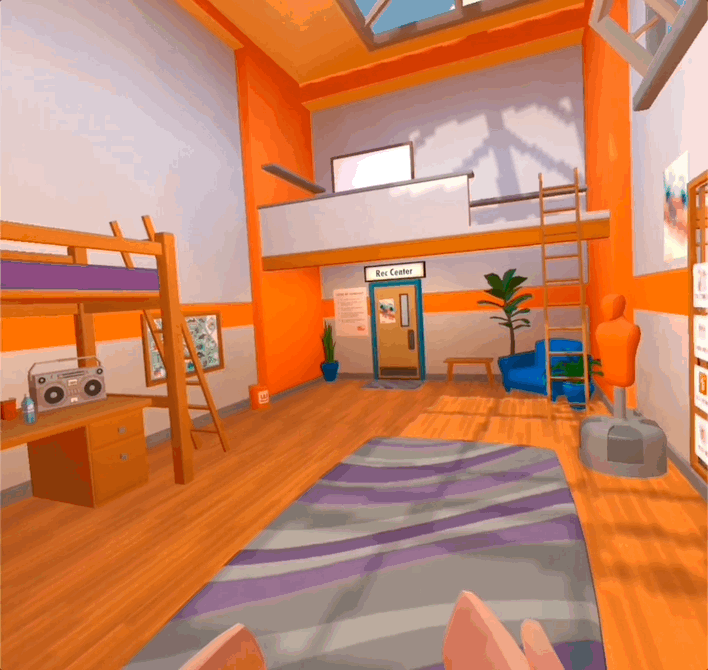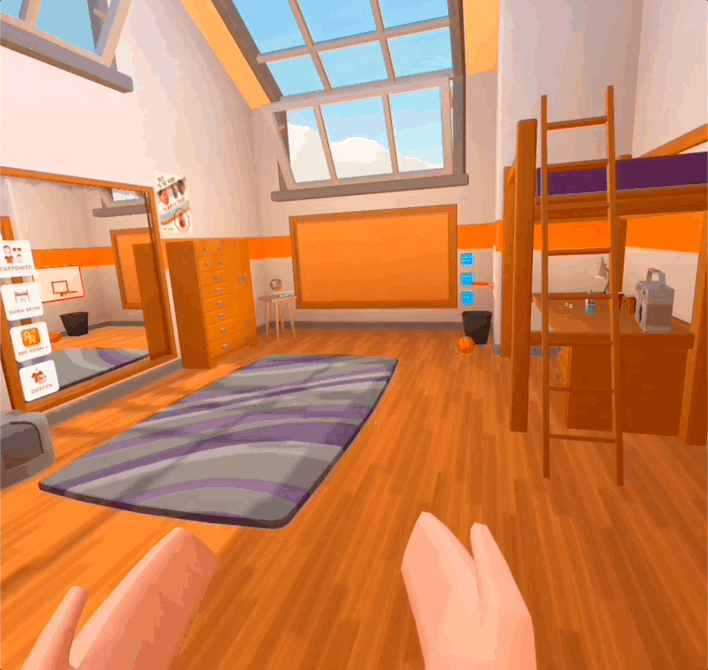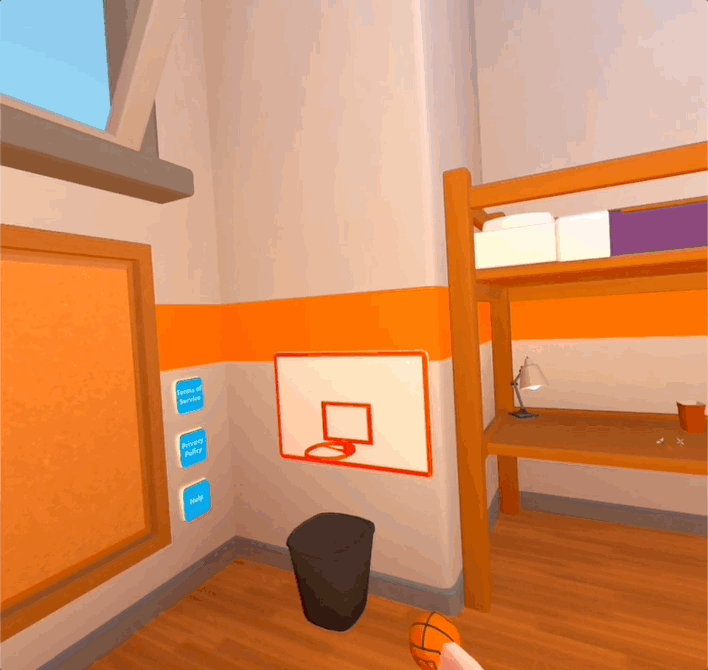Hello there, Plugged In fans! It's Steven again, taking over while Callum is enjoying a sun-soaked holiday.
Today, I've decided to take you on a little medical tour of one of the biggest problems the metaverse currently faces.
People wanting to vomit.

I've owned an Oculus Quest 2 for over a year now, and it's one of the coolest pieces of gear I own.
It's wireless, it's got an impressive resolution, it has some amazing apps, and — most importantly — it allows me to watch my friends awkwardly stumble around in VR for the first time.
BUT, friends, it makes me nauseous as hell. And it's not just me. Loads of VR users have the same issue.
.gif?upscale=true&width=960&upscale=true&name=giphy%20(21).gif)
It's called virtual reality sickness, and it's very closely related to regular motion sickness. For most people, it occurs when physical movement of the body is being simulated.
The underlying principle is called sensory conflict, which occurs when visual and bodily experiences don't line up.
For example: my eyes see, through my headset, that I'm moving in a roller coaster cart. My body, however, is getting none of the sensory inputs that are expected when going through triple corkscrew looping.
Result: I feel my lunch coming up.
Luckily, it doesn't occur with a static point of view. Looking around and walking around my living room are no problem. As long as there is a link between what my eyes see and what my body registers.
To offset VR sickness, app developers have started implementing different solutions to make movement more comfortable.
They're quite interesting.
Vignettes. VR sickness seems to be reduced when vignettes appear to reduce peripheral vision during movement. Most apps have this option.

Teleporting. This allows you to move from static position to static position, using a cursor to transport yourself to a nearby destination. It eliminates movement all together.

Snap turning. This comfort option changes the way turn inputs are processed. If you use your thumb stick to turn your point of view, the camera automatically snaps 30, 45 or 90 degrees.

I've tried all of these options and can confirm: all of them work. Their necessity does make one thing very clear to me, though.
The biggest challenge isn't making the metaverse technically feasible. It's making it comfortable.
![]()